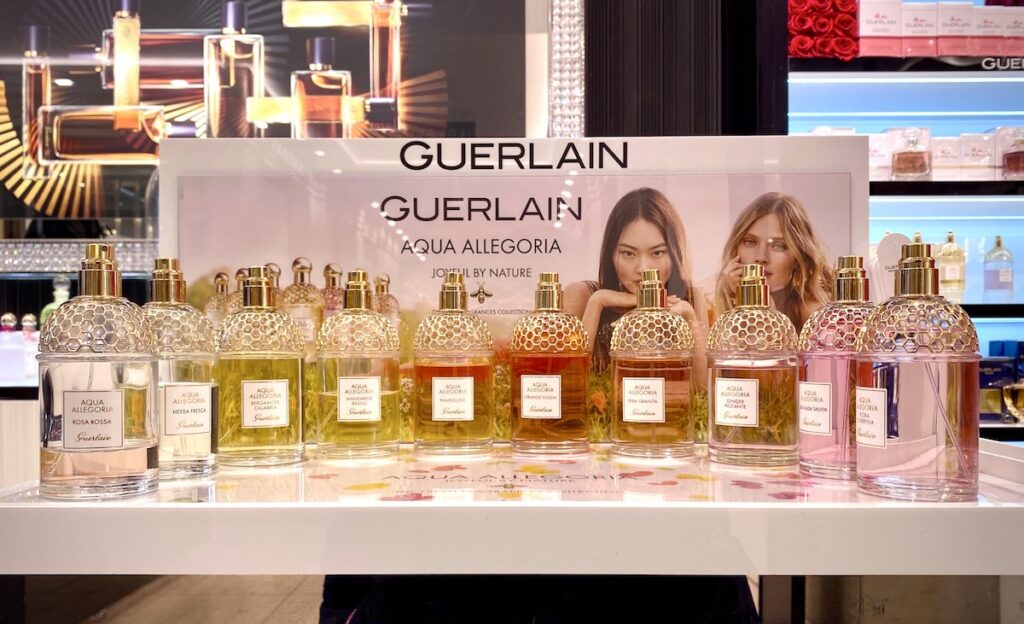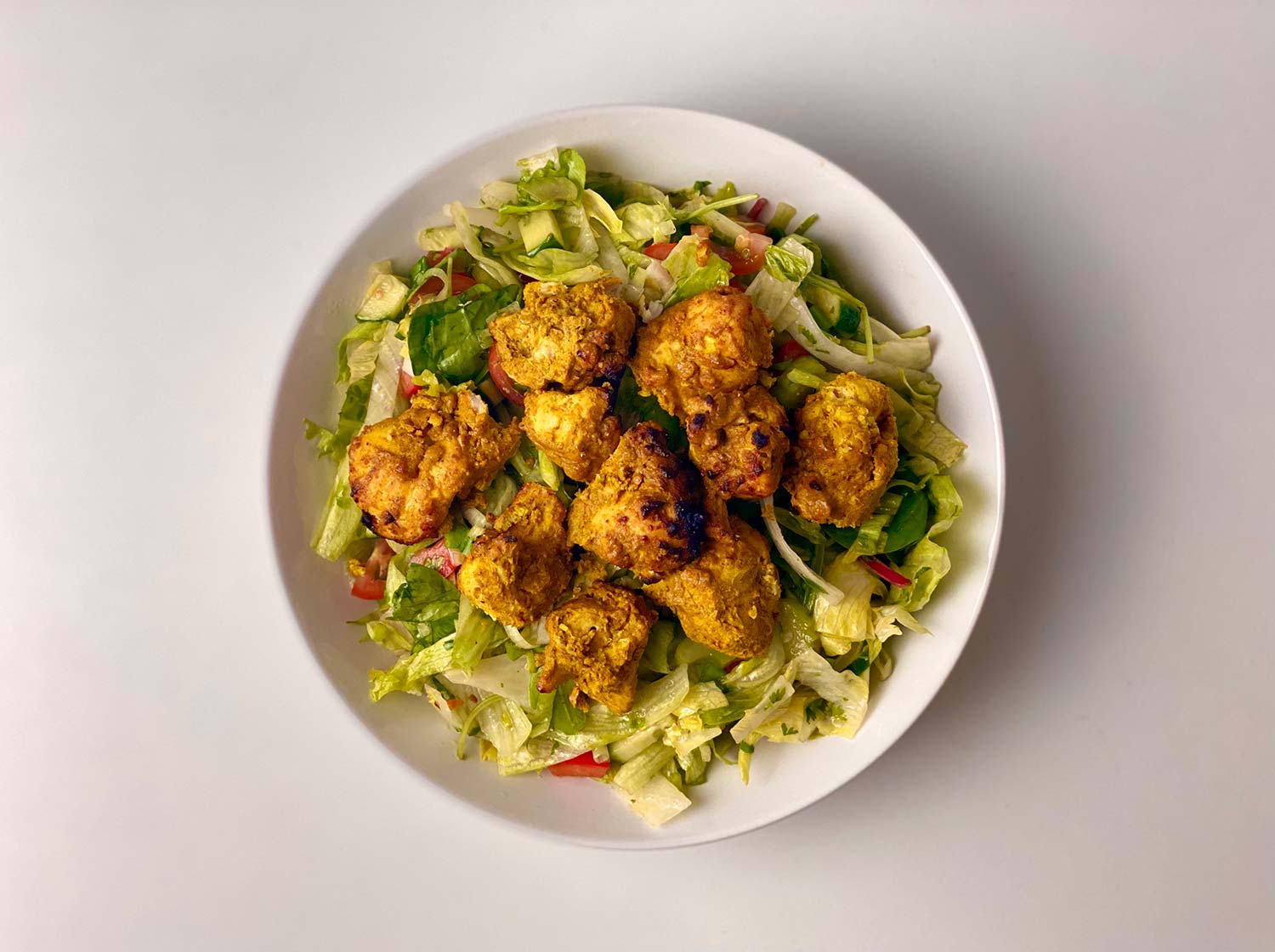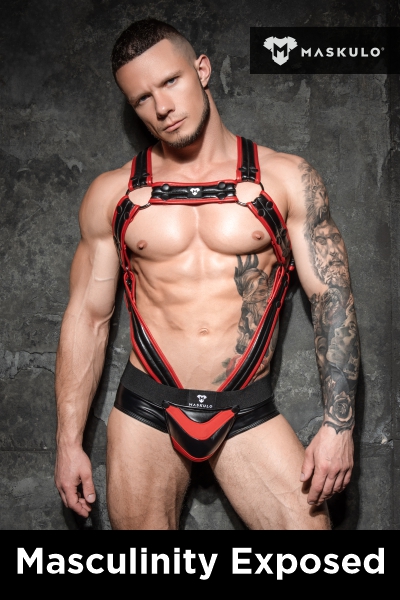Welcome to your introduction to the world of fragrance. Fragrance is a beautiful form of self-expression. Finding your signature scent can add a new sensorial layer to your individuality.
Scent memories are powerful. That emotional link you make to a time, experience or a place when you smell something that reminds you of you mother’s dressing table, being on a sun-drenched beach or freshly-cut grass. Scent memories work in the same way with people. You could meet someone in a bar and forget their name, but have a vivid memory of the way their fragrance made you feel.
IT’S PERSONAL
With a lot of people, there’s a tendency to follow fragrance trends. If a big fragrance house releases a new product, some will flock to buy it just to be on-trend.

Wearing a fragrance should express your individuality, not make you fit in with the crowd. It’s so personal and you’ll never please everyone with what you’re wearing, so don’t try to! Just wear what you love and if it gets the attention of someone then that’s great. We all love being complimented on our fragrance choice!

That being said, be aware of where you are. Some fragrances can be very polarising. If you’re in the gym or on the dance floor at Berghain or WE Party, the chances are that no one wants to smell the super strong Tom Ford Oud eau de parfum you drenched yourself with before you left the house. Moderation is key.
WHAT’S GENDER GOT TO DO WITH IT?
Gender constructs within the fragrance and beauty industry exist purely for marketing purposes. While things are definitely improving for the better, It’s difficult to position a product in today’s market without associating it to a gender.

When out shopping, most people will be looking for the men’s or women’s section in the fragrance department. Online shoppers will be Googling things like “best men’s cologne” or “popular women’s perfume”, so brands of course will have to structure their store layouts and website’s to accommodate that in order to best reach their audience (and sales targets).
It’s a bit of a tricky situation for brands because they might want to remove gender constructs from a brand-perspective, but from a sales and marketing perspective, it could be extremely damaging.
In the 6 years I spent working for a fragrance brand, our best-selling product was spicy, masculine and had always been targeted to the male audience. While it was a popular choice for men, we knew that actually, there were a huge amount of women buying it for themselves.
Women are a bit further progressed when it comes to things like that. Spending time in-store to understand customers better, I would frequently find men smelling a fragrance and really liking it. They’d then ask me “is this for men or for women?”. I wanted to say “Who cares?! If you like it then you should wear it!”. Of course if you explain the structure of the formulation as being ‘delicate’ or ‘floral’, most men would immediately put it down and ask to see the men’s fragrances.

I myself tend to prefer super dark and mysterious fragrances, so I typically fall mostly into the umbrella of more masculine scents. When it comes to my skincare routine on the other hand, it all completely goes out of the window. Other than my shaving cream, I don’t use ANY skincare products which are marketed towards men. This is mostly because of my background within the industry and that I always prefer to use products which are results-focused, rather than buying them for the packaging they come in or the way they smell.
Big mainstream fragrance brands will spend years understanding the audience they’re going to market a fragrance to. They’ll submit extremely restrictive briefs to perfumers and it will take hundreds of iterations to get it approved. This method will almost always include targeting a specific gender, which is only further perpetuating the problem.
Niche fragrance brands will take a totally different approach. Most will base their perfumer briefs around a gap in their portfolio by category. For example they might see a trend approaching for a specific type of woody fragrance and look to find their own unique take on it so they have a varied range available to a diverse customer base.

With these brands you might find much more gender-neutral packaging and marketing more focused on the ingredients and fragrance category. This makes for a much more positive shopping experience but while they might not position it as a masculine or feminine fragrance, it’s a safe bet that they’ll still have to have sub-categories on their website for men’s and women’s fragrances in order to best optimise their sites for search engines.
Until the majority of users start searching for things like “woody fragrances with a citrus top note”, you can assume that gender constructs will still exist within the industry.
The best thing you can do is go somewhere like Liberty of London and explore their vast selection of niche brand fragrances and figure out for yourself what you like. It’s ok to be a big 6’4” muscle man and love floral fragrances and it’s equally ok to super fem and love earthy, woody fragrances. It’s another sensorial expression of your individuality. Wear whatever makes you feel great!

EDT VS EDP
Now you’ve found your signature scent, you might find yourself confused by the options available to you at the counter.
Eau de toilette (EDT) and eau de parfum (EDP) are the most common to find. Some fragrances might be available in both or one or the other.
An eau de toilette is the cheaper option. They typically contain 5-15% fragrance oil and their wear time is only around three hours. They’re lighter and less invasive so might be good for things like going to the club if you just want a subtle treat for whoever is kissing your neck at the end of the night.
Eau de parfum is the full experience. At upto 20% fragrance oil, these powerful scents are designed to make an impression. With a wear-time of up to eight hours, you can spray it before you leave the house and the base-note will still be unfurling by the end of the day. Expect to be pleasantly surprised by a much more complex release of notes over time. This of course always comes at a cost – EDPs are definitely the more expensive option.
SUSTAINABILITY
The fragrance and beauty industry is known for it’s lavish packaging. In a saturated market of competitors, brands are fighting for shopper’s attention in the fragrance hall and those who make a bold first impression have a better chance of making it to the till point.
This of course can mean a lot of waste, some of which is damaging to the environment due to bottles with mixed components (which have to be broken apart before recycling) and cellophane wrappers.
So much of the industry relies on packaging to make impact and some brands are making a conscious effort to become as green as possible.

Niche fragrance brands in particular have a more flexible business model and can offer refill services in-store. Not only is this great for the environment because you don’t create another empty box, wrapper and bottle, but it’s better for your pocket. You can expect to get a sizeable discount for refilling your fragrance – some even as much as 30%!
More and more brands are evolving to make their products and services more sustainable. Thiery Mugler, Guerlain, Le Labo, Louis Vuitton and Molton Brown are a few big names where you can take your bottle into selected stores for a discounted top-up.
Express yourself, fuck gender binaries and do your part for the environment. ☮️










